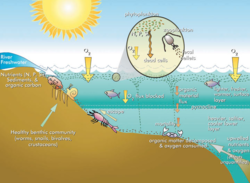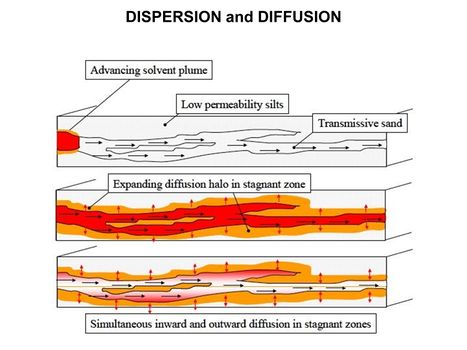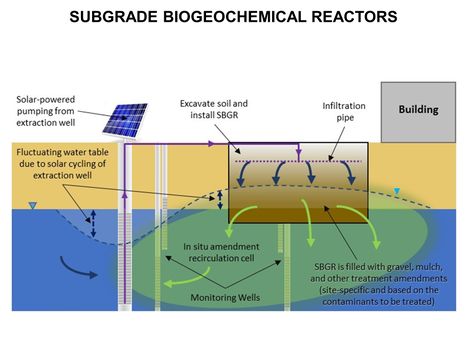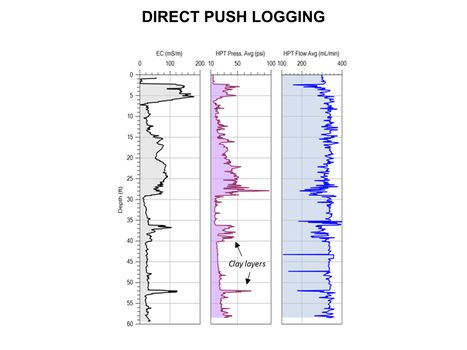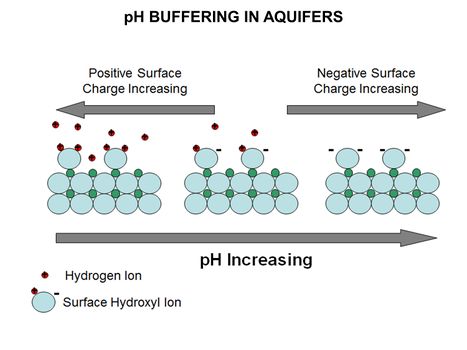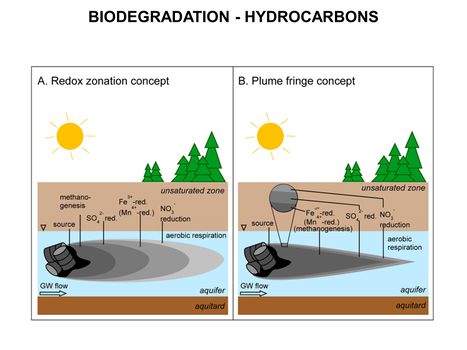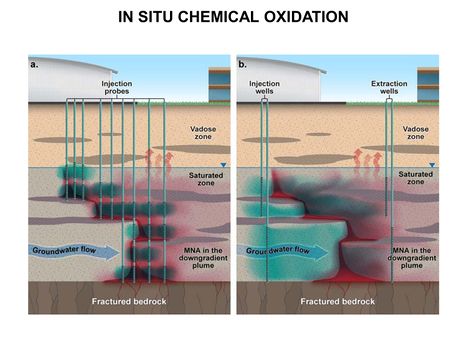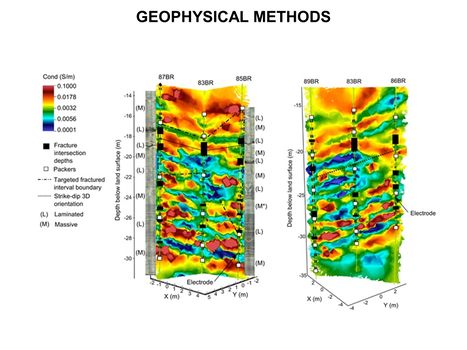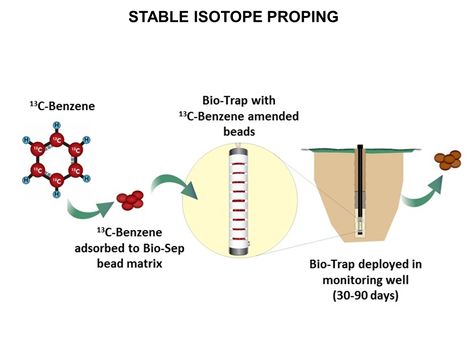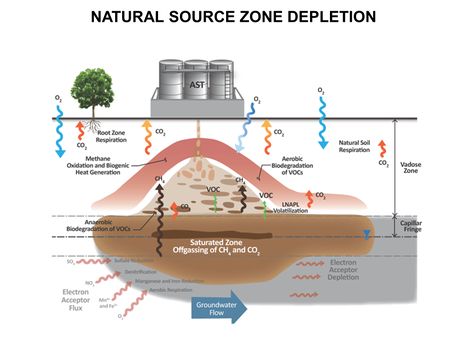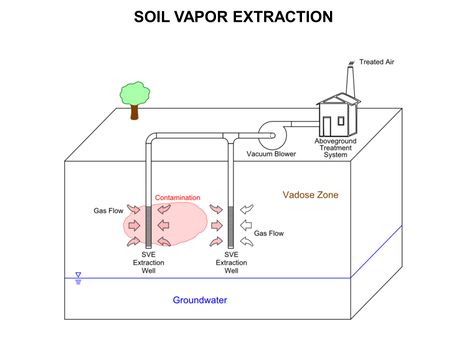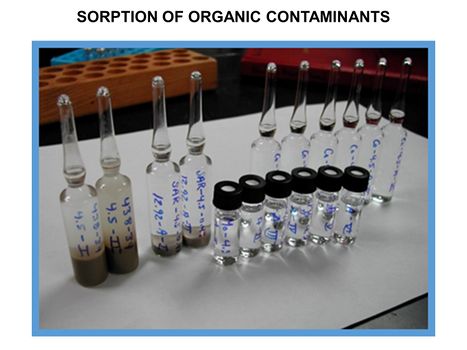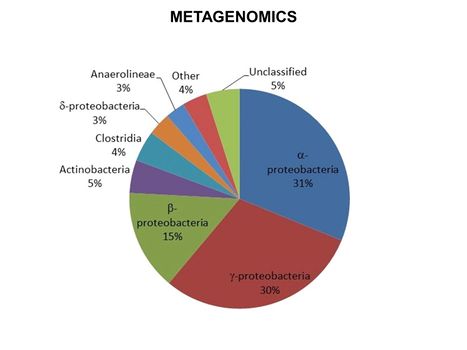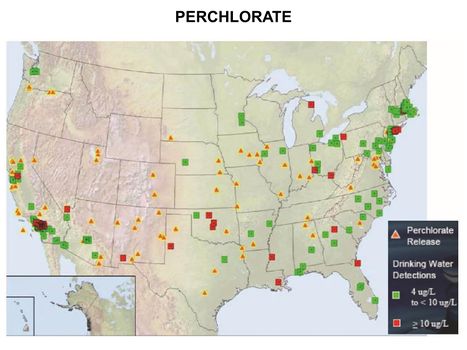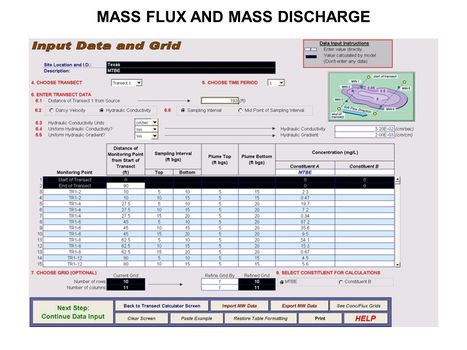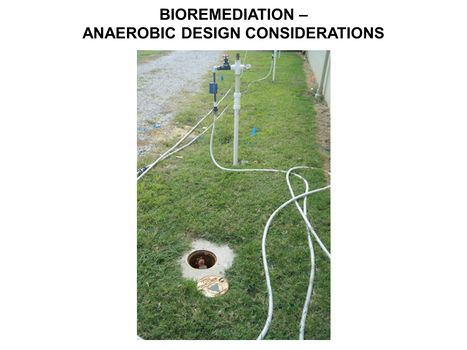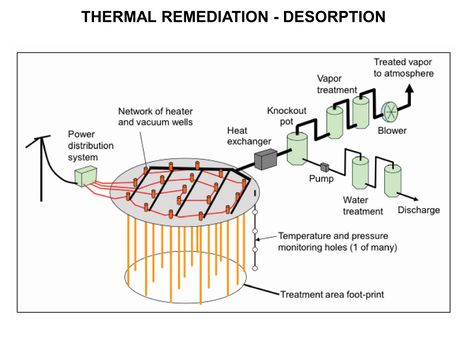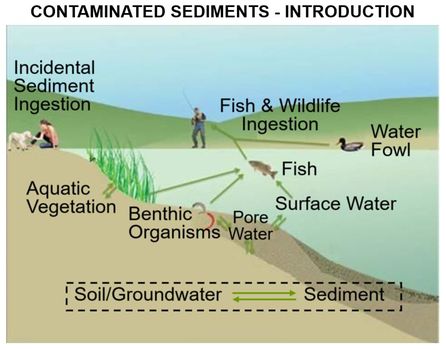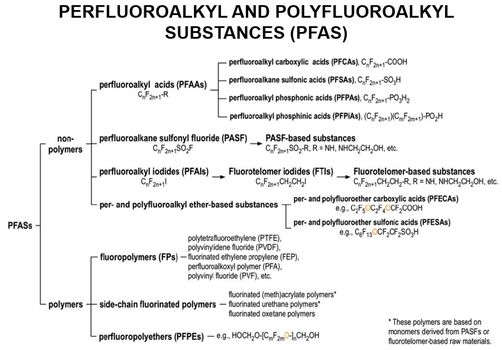Difference between revisions of "Main Page"
Debra Tabron (talk | contribs) (Tag: Visual edit) |
|||
| Line 81: | Line 81: | ||
**[[Vapor Intrusion - Separation Distances from Petroleum Sources]] | **[[Vapor Intrusion - Separation Distances from Petroleum Sources]] | ||
**[[Vapor Intrusion – Sewers and Utility Tunnels as Preferential Pathways]] | **[[Vapor Intrusion – Sewers and Utility Tunnels as Preferential Pathways]] | ||
| + | |||
<u>'''[[Characterization, Assessment & Monitoring]]'''</u> | <u>'''[[Characterization, Assessment & Monitoring]]'''</u> | ||
| Line 100: | Line 101: | ||
**[[Stable Isotope Probing (SIP)]] | **[[Stable Isotope Probing (SIP)]] | ||
*[[Natural Attenuation in Source Zone and Groundwater Plume - Bemidji Crude Oil Spill]] | *[[Natural Attenuation in Source Zone and Groundwater Plume - Bemidji Crude Oil Spill]] | ||
| + | |||
<u>'''[[Climate Change]]'''</u> | <u>'''[[Climate Change]]'''</u> | ||
| + | |||
*[[Climate Change Primer]] | *[[Climate Change Primer]] | ||
| − | |||
| − | |||
| style="width:33%; vertical-align:top; " | | | style="width:33%; vertical-align:top; " | | ||
<u>'''[[Coastal and Estuarine Ecology]]'''</u> | <u>'''[[Coastal and Estuarine Ecology]]'''</u> | ||
*[[Phytoplankton (Algae) Blooms]] | *[[Phytoplankton (Algae) Blooms]] | ||
| + | |||
<u>'''[[Contaminated Sediments]]'''</u> | <u>'''[[Contaminated Sediments]]'''</u> | ||
| Line 115: | Line 117: | ||
*[[Contaminated Sediments - Introduction]] | *[[Contaminated Sediments - Introduction]] | ||
| − | |||
| − | |||
| − | |||
| − | |||
| − | |||
| − | |||
| − | |||
| − | |||
| − | |||
| − | |||
| − | |||
<u>'''[[Munitions Constituents]]'''</u> | <u>'''[[Munitions Constituents]]'''</u> | ||
| Line 139: | Line 130: | ||
*[[Munitions Constituents - IM Toxicology | Toxicology]] | *[[Munitions Constituents - IM Toxicology | Toxicology]] | ||
*[[Munitions Constituents- TREECS™ Fate and Risk Modeling|TREECS™]] | *[[Munitions Constituents- TREECS™ Fate and Risk Modeling|TREECS™]] | ||
| + | |||
<u>'''[[Monitored Natural Attenuation (MNA)]]'''</u> | <u>'''[[Monitored Natural Attenuation (MNA)]]'''</u> | ||
| Line 148: | Line 140: | ||
*[[Monitored Natural Attenuation - Transitioning from Active Remedies| Transitioning from Active Remedies]] | *[[Monitored Natural Attenuation - Transitioning from Active Remedies| Transitioning from Active Remedies]] | ||
| − | + | ||
<u>'''[[Regulatory Issues and Site Management]]'''</u> | <u>'''[[Regulatory Issues and Site Management]]'''</u> | ||
| Line 158: | Line 150: | ||
*[[Sustainable Remediation]] | *[[Sustainable Remediation]] | ||
| − | <u>'''[[Remediation Technologies]]'''</u> | + | | style="width:33%; vertical-align:top; " |<u>'''[[Remediation Technologies]]'''</u> |
*[[Bioremediation - Anaerobic|Anaerobic Bioremediation]] | *[[Bioremediation - Anaerobic|Anaerobic Bioremediation]] | ||
| Line 187: | Line 179: | ||
**[[Thermal Remediation - Smoldering | Smoldering]] | **[[Thermal Remediation - Smoldering | Smoldering]] | ||
**[[Thermal Remediation - Steam | Steam]] | **[[Thermal Remediation - Steam | Steam]] | ||
| + | |||
| + | |||
| + | <u>'''[[Soil & Groundwater Contaminants]]'''</u> | ||
| + | |||
| + | *[[1,4-Dioxane]] | ||
| + | *[[Chlorinated Solvents]] | ||
| + | *[[Metal and Metalloid Contaminants|Metals and Metalloids]] | ||
| + | *[[N-nitrosodimethylamine (NDMA)]] | ||
| + | *[[Perchlorate|Perchlorate]] | ||
| + | *[[Perfluoroalkyl and Polyfluoroalkyl Substances (PFAS)|PFAS]] | ||
| + | *[[Petroleum Hydrocarbons (PHCs)]] | ||
| + | *[[Polycyclic Aromatic Hydrocarbons (PAHs)]] | ||
| + | *[[1,2,3-Trichloropropane|Trichloropropane (TCP)]] | ||
|} | |} | ||
|} | |} | ||
|} | |} | ||
Revision as of 15:49, 5 June 2020
Peer Reviewed. Accessible. Written By Experts |
Your Environmental Information Gateway |
| The goal of ENVIRO.wiki is to make scientific and engineering research results more accessible to environmental professionals, facilitating the permitting, design and implementation of environmental projects. Articles are written and edited by invited experts (see Contributors) to summarize current knowledge for the target audience on an array of topics, with cross-linked references to reports and technical literature. | See Table of Contents |
Featured article / Phytoplankton (Algae) BloomsGroundwater sites contaminated with PFAS are difficult to investigate and remediate due to strict cleanup goals, lack of natural degradation mechanisms for some PFAS, and the high mobility and persistence of several PFAS. As a result, understanding and potentially relying on processes that reduce PFAS migration rates and mass discharge rates is of considerable interest to site managers. This includes a variety of chemical and geochemical retention processes that have been incorporated into the PFAS Monitored Retention (PMR) approach. PMR is a similar concept to monitored natural attenuation (MNA), and the term has recently been adopted in place of MNA to avoid potential confusion with destructive and/or permanent attenuation processes that are part of the MNA strategies for other constituents of concern (COCs). However, many of the processes remain the same, and they are expected to reduce PFAS concentrations and mass discharge during transport from source areas. A key concept of PMR is that retention processes can provide a credible scientific basis for attenuation of PFAS concentrations or mass discharge over time (or distance) that reduce the mobility and risk associated with PFAS in the subsurface. PMR may have applicability as a sole remedy at low-risk sites, but it could also help control low levels of remaining contamination after active treatment. It may also serve as a temporary remedy at sites with no proximate receptors, giving time for the development of more cost-effective technologies. Finally, it can be part of a treatment train at more complex sites where risk-based approaches are acceptable.
(Full article...) |
Enviro Wiki Highlights |

